Once among the most densely populated parts of Loudoun County, the many small towns in the Loudoun Valley fell victim in the mid-20th Century to the population migration towards the big cities. They became the quiet enclaves they are today, still surrounded by beautiful farms and estates that are little changed from the 1860’s.
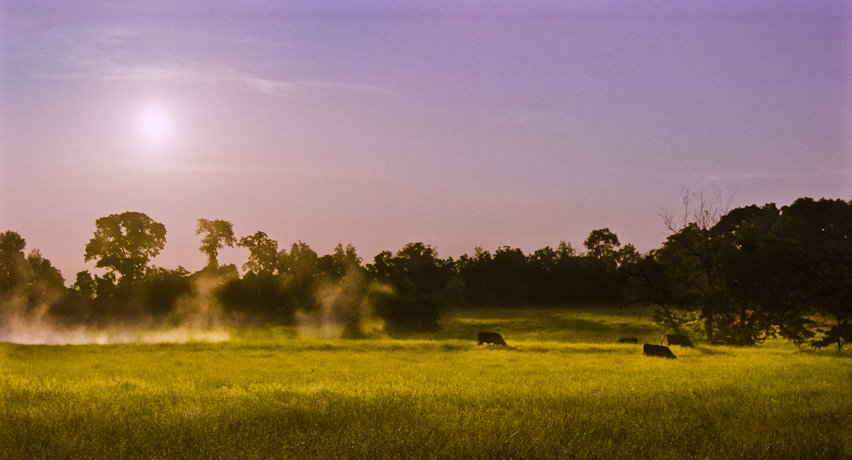
Bloomfield
The town of Bloomfield was founded in January 1816. It took its name from the fields of wildflowers along the Blue Ridge near the town. At its peak in the 1830s, Bloomfield had a population of around 60, having “..12 houses, 2 stores, a tan yard, a tailor, a cabinet maker, and a boot and shoe factory.” The children were schooled in the Old Ebenezer Baptist Church, just up the road from Bloomfield.
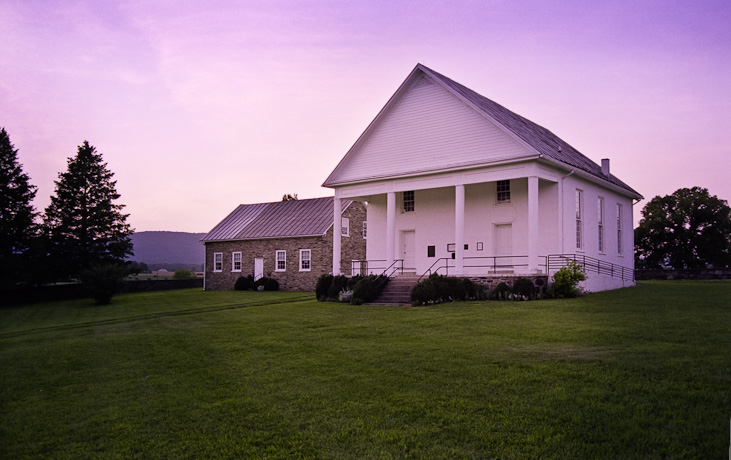
The Ebenezer Baptist Churches are remarkable architectural examples from the late 18th and early 19th century. The Old Church (the brick structure on the left in the above photograph) may have been built as early as 1769. The larger New Church (built about 1855) is stone and covered with stucco in the Greek Revival style.
It was to the Old Ebenezer Church where Confederate Colonel John Mosby and his men went to divide the Federal payroll they “captured” during his 1864 Greenback Raid. Mosby’s partisans penetrated Gen. Sheridan’s rear echelon in the Shenandoah Valley, attacked and burned the Union’s payroll train, and carried off $170,000.
Once back at the Old Ebenezer Church, the Confederates divvied up the money for personal use, but Mosby himself refused his share.
Bloomfield, complete with its view of the flowers, today is a very quiet little place and well off the beaten track. It has about 12 structures, one of which is the 1857 Johnston Chapel, which served as Bloomfield’s “downtown” Methodist Episcopal Church until 1949. It now is serving as a farm structure, sadly. The other landmark is Freeman’s Store, built in 1925.
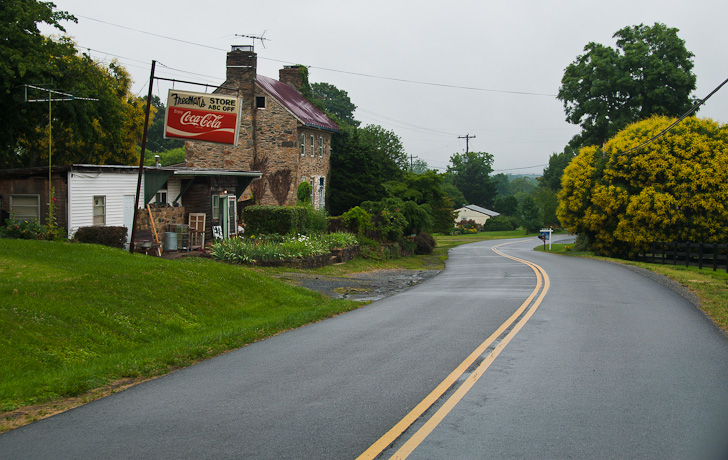
Unison
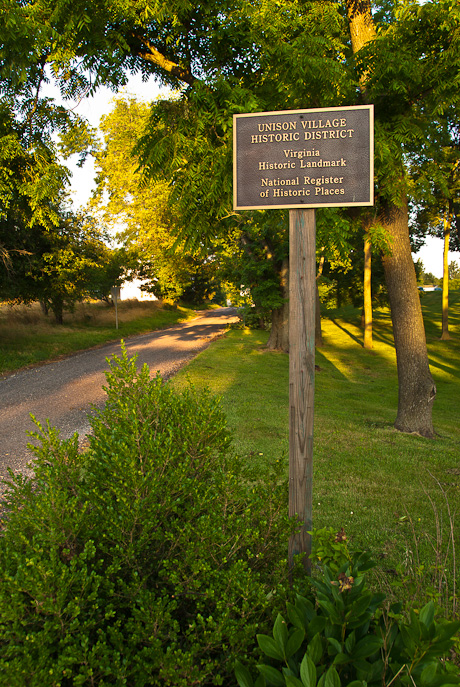
Traveling east on Bloomfield Road takes you to the quaint village of Unison, established in 1813. The Unison Historic District contains a collection of architectural styles from the early 19thCentury and was the site of the most intense fighting during the 1862 Battle of Unison.
During the 1700s, first the Quakers and then Methodists settled here, worshipping in private homes. In 1771, the local Quakers bought a 10-acre tract of land about a mile south of the village and four years later established the South Fork Meeting of the Society of Friends. South Fork Meeting was one of the more lax Quaker settlements, frequently being the subject of numerous infractions of the rules of Quaker discipline and morality. South Fork Meeting was ‘laid down’ in 1889. Methodists built their first chapel here—the Old Bethesda Church–in 1785. The current Unison United Methodist Church replaced it in 1832. It is still in use today, and is the most prominent building in this small village.
Most of the development of Unison occurred after 1802 and up until the Civil War. Its 1830 census recorded 135 residents with 25 houses and several businesses.
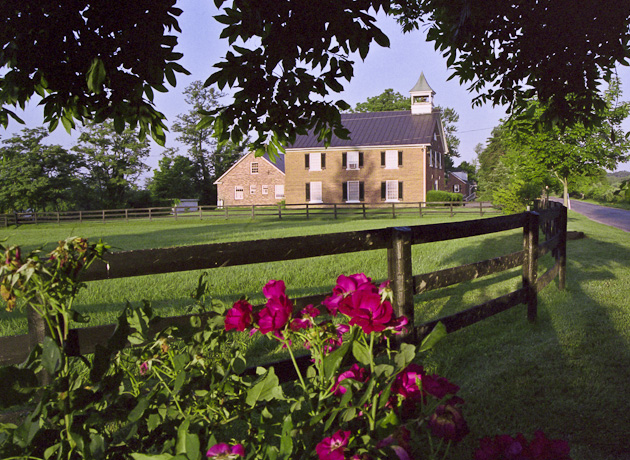
Battle of Unison
This battle of the American Civil War until recently was known as the “unknown battle.” It was only in 2011 that the Commonwealth recognized the Unison Battlefield as an official state historic district.
The pristine Unison Battlefield Historic District encompasses 8,000 acres in Loudoun and Fauquier counties and constitutes one of the largest historic districts in Loudoun as well as being its first battlefield historic district.
There are few historical markers on the battlefield so common around Virginia, and very little physical evidence that it even occurred. Yet, it was this battle that led President Lincoln to fire General McClellan in 1864 as the Commander of the Union Forces, replacing him with Maj Gen Ambrose Burnside.
In late October 1862, following the Battle of Sharpsburg, President Lincoln noted that McClellan’s 100,000-man Army was actually nearer to the “homeland” of the Confederates than was Lee’s army, situated at the time in the Shenandoah Valley. Knowing that General Lee would be taking his 50,000 man army back toward Richmond, Lincoln ordered Gen McClellan to place his force between Lee’s and Richmond, and potentially end the war.
So it was in early November of that year that McClellan was moving –ever so cautiously as was his manner–southward through the Loudoun Valley to block Lee’s army from reaching Richmond. Lee anticipated the danger, however, and ordered J.E.B. Stuart to take 1000 cavalry and artillery to delay the Union forces to give Lee time to cross the Blue Ridge and advance to Richmond.
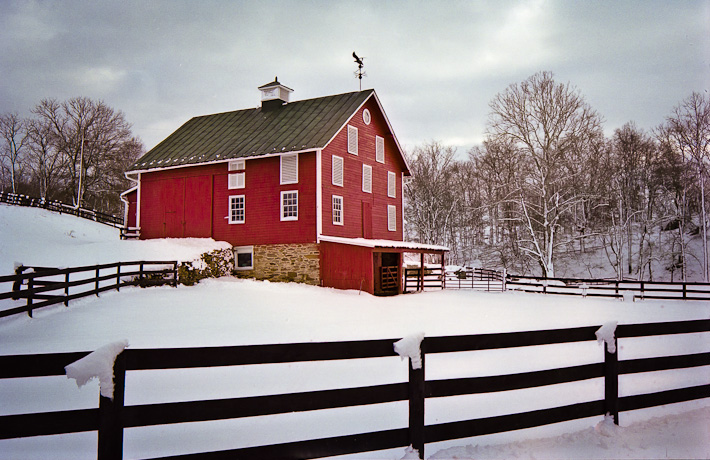
The first clash occurred near Unison along a small stream called Dog Branch. Over the first three days of November, several hundred Union infantry, cavalry, and artillery followed and clashed with Stuart’s greatly outnumbered confederates between Philomont and Upperville, with the heaviest action being at Unison. The town and its surrounding fields were repeatedly bombarded by both Union and Confederate artillery.
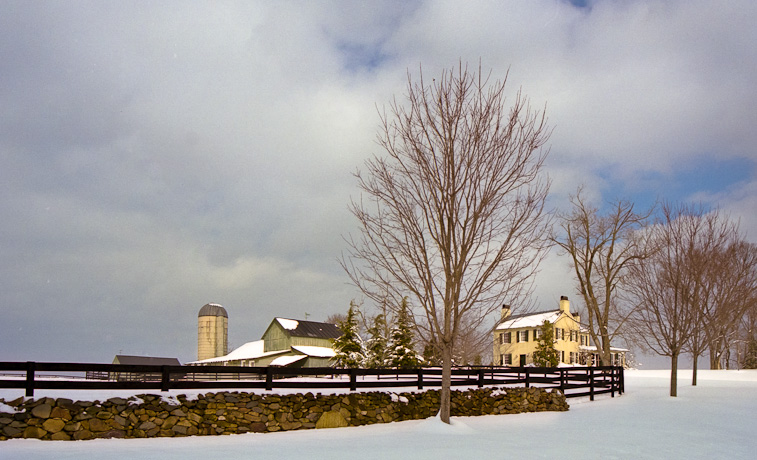
By the time McClellan was finally ready to move on to Richmond, Lee had escaped the trap. The NY Times reported on 5 November that Stuart “baulked what might have been a splendid success.”
Following the Battle of Unison, the Methodists returned to their Church to find the pews stained with blood and the loft covered in graffiti from the Union soldiers who were treated there. One faded note by Ellsworth Packer, Co H, 21st Connecticut Infantry Regiment says:
“In some lone hour of bliss, When sorrows are forgot, Then cast a happy glance at this, And read forget me not.”
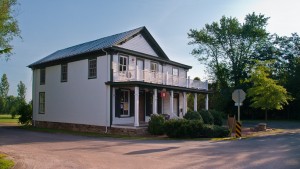
Unison remained a thriving village and close-knit community until the population migration to the larger cities virtually emptied the small communities of Loudoun Valley. All that remains today of its once vibrant commercial district is the Unison Store, erected in the late 1800s for Henry W. Saffel. Henry ran it until 1937 when he was killed in a robbery at the store. His son Clyde Monroe Saffel continued to run the store until 1961, when his daughter’s family assumed ownership. They operated it until the late 1980s. Terri Craun Teeter (currently of Bloomfield and great-grandaughter to Henry) remembers “growing up” in the store, getting off the school bus there and staying with her mother until closing at 9 o’clock. The store finally closed its doors in 1997 and currently houses the Unison Preservation Society.
The area between Bluemont to Unison to Philomont is a beautifully bucolic piece of Loudoun Valley that offers a glimpse of what our Virginia landscape looked like prior to the Civil War. Its villages are small enclaves connected largely by dirt roads that traverse gently rolling hills. Among these hills are many cattle, horse, and sheep pastures, stately stone manors and old barns, small creeks with low-water fords, and abundant vistas.

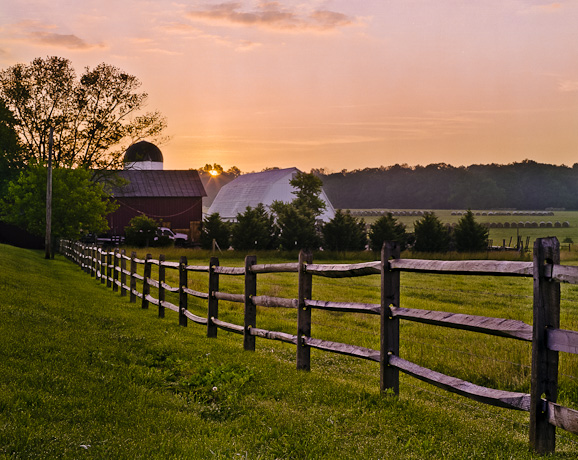
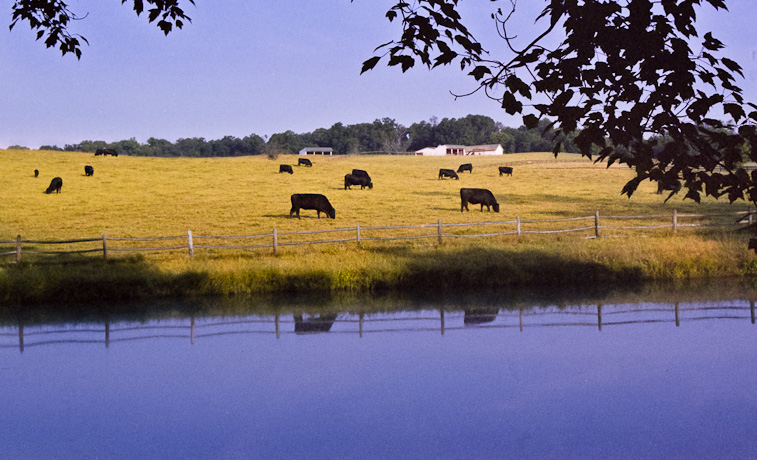
To see it for yourself, follow these roads: Foggy Bottom Road from Bluemont, Bloomfield Road to Unison, Unison Road to St. Louis Road then north to Snickersville Pike, Airmont Road north of Bloomfield, and Woodtrail Road to Airmont.
For more images of the area visit our photo gallery by clicking or paste http://www.pbase.com/mosbyheritage/unison your browser.
All images and text copyright 2012, J Riley Stewart
